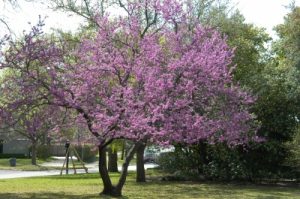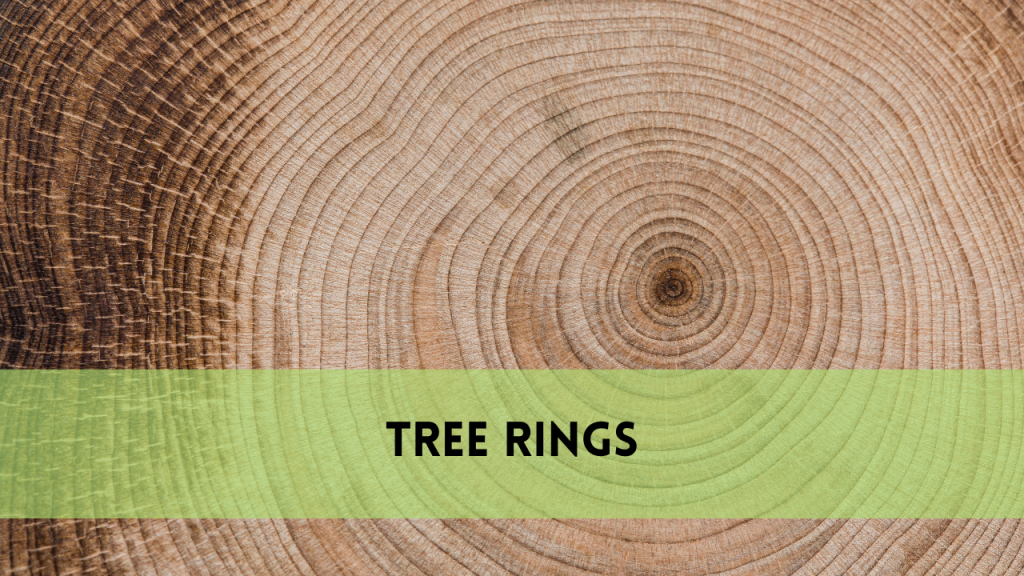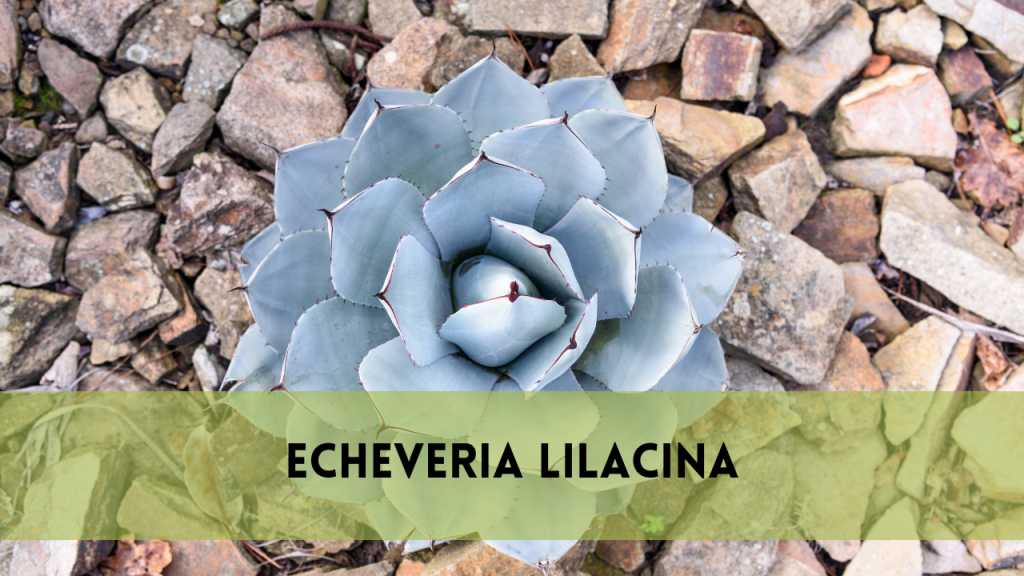Characteristics of Mexican Redbud Tree
The Mexican Redbud Tree (Cercis canadensis var. mexicana) is a beautiful, hardy shrub that provides color and richness to any landscape. This lovely tree is native to Mexico and the southern United States, and it is prized for its vibrant spring blossoms and elegant heart-shaped leaves. In this extensive essay, we’ll go over all you need to know about the Mexican Redbud Tree, from its characteristics and growing requirements to maintenance suggestions and common landscape applications.
Characteristics of Mexican Redbud Tree
The Mexican Redbud Tree is well-known for its unusual features, which make it stand out in any garden or setting.
Vibrant spring blooms
One of the most noticeable characteristics of the Mexican Redbud Tree is the abundance of brilliant pink to magenta blossoms that cover the branches in early spring. These blossoms appear before the leaves, resulting in a stunning floral display that can brighten any space.
Unique Foliage
The tree’s leaves are similarly stunning, with their distinctive, rounded heart form. They emerge in a reddish-bronze tint and grow to a glossy green, making a lovely contrast to the spring blossoms. In the fall, the leaves turn a vibrant yellow, adding seasonal interest.
Compact size
The Mexican Redbud Tree normally reaches a height of 10 to 20 feet and has a comparable spread. Its compact size makes it ideal for small gardens, urban landscapes, and as a specimen tree in larger yards.
Hardy and drought-tolerant
This type of Redbud is more drought-tolerant than its eastern counterpart, making it a good choice for xeriscaping and places with restricted water supply. It flourishes in USDA hardiness zones 6–9.
Growing Requirements for Mexican Redbud Trees
To guarantee your Mexican Redbud Tree thrives, it is critical to offer optimal growing conditions.

Soil requirements
The Mexican Redbud Tree prefers well-drained soil but may tolerate a variety of soil types, including sandy, loamy, and clay. It works best at slightly acidic to neutral pH values.
Sunlight Needs
This tree does well in full sun to partial shade. Plant it where it will get at least six hours of direct sunlight per day for the optimum flowering and general growth.
Watering and Irrigation
While the Mexican Redbud is drought-tolerant once established, it need constant irrigation throughout its early years. Water deeply but seldom, allowing the soil to dry between waterings to avoid root rot.
Fertilization
Fertilize the tree in early spring with a well-balanced, slow-release fertilizer to encourage healthy growth and flowers. Avoid over-fertilization, which can result in excessive leaf growth at the price of blossoms.
Maintenance and Pruning
Proper maintenance and trimming are essential for keeping your Mexican Redbud Tree healthy and appealing.
Pruning Tips
Prune the tree in late winter or early spring, before new growth starts. Remove any dead, diseased, or damaged branches to keep the tree’s shape and promote healthy development. Thinning out congested branches can also increase air circulation and lower the danger of disease.
Pest and Disease Management
The Mexican Redbud Tree is generally resistant to pests and diseases, but it is not completely immune. Common problems include leaf spot, canker, and verticillium wilt. Inspect the tree regularly for symptoms of concern and address any issues as soon as possible with appropriate fungicides or insecticides.
Landscaping Applications for the Mexican Redbud Tree
The Mexican Redbud Tree is a versatile addition to any environment, providing both beauty and practicality.
Specimen Tree
Its striking look makes it an excellent specimen tree for use as a focal point in gardens and yards. Plant it where the spring blooms and autumn foliage may be properly admired.
Border plantings
To enhance color and texture, use Mexican Redbud into mixed borders and foundation plantings. Its modest stature and appealing shape make it an excellent partner for other shrubs and perennials.
Wildlife Attraction
The blossoms of the Mexican Redbud Tree attract bees, butterflies, and other pollinators, making it an excellent addition to wildlife gardens. Birds and small mammals use the tree as a shelter and food source.
Mexican Redbud Tree Problems
1. Leaf Spot Diseases
- Symptoms: Brown or black spots on leaves, which may lead to premature leaf drop.
- Causes: Fungal infections, often caused by prolonged wet conditions.
- Treatment: Apply a fungicide, ensure proper air circulation, and avoid overhead watering.
2. Canker Disease
- Symptoms: Sunken, dead areas on branches or trunk, which can cause dieback.
- Causes: Fungal pathogens entering through wounds or cuts.
- Treatment: Prune and remove affected branches, apply fungicides, and avoid damaging the tree.
3. Root Rot
- Symptoms: Yellowing leaves, stunted growth, and wilting even with sufficient water.
- Causes: Poorly drained soil leading to overly wet conditions that favor fungal growth.
- Treatment: Improve soil drainage, reduce watering, and consider treating with a fungicide.
4. Borer Infestations
- Symptoms: Small holes in the trunk or branches, sawdust-like frass, and dying branches.
- Causes: Borer insects such as beetles, which lay eggs in the bark, leading to larvae feeding on the tree.
- Treatment: Use insecticides specifically targeting borers, remove and destroy infested branches, and maintain tree health to resist infestations.
5. Leaf Curling
- Symptoms: Leaves curling and appearing distorted.
- Causes: Aphid infestations, drought stress, or herbicide damage.
- Treatment: Identify the cause; if aphids, treat with insecticidal soap; if drought stress, water deeply and mulch; if herbicide damage, avoid using chemicals near the tree.
6. Chlorosis
- Symptoms: Yellowing of leaves, typically between the veins.
- Causes: Nutrient deficiencies, often iron, in alkaline soils.
- Treatment: Amend the soil with iron chelate, adjust pH if necessary, and ensure proper fertilization.
7. Dieback
- Symptoms: Gradual death of branches, starting at the tips.
- Causes: Environmental stress, such as drought or poor soil conditions, or diseases like Verticillium wilt.
- Treatment: Prune dead branches, improve watering practices, and maintain soil health.
8. Environmental Stress
- Symptoms: Wilting, leaf scorch, and reduced growth.
- Causes: Extreme temperatures, drought, or transplant shock.
- Treatment: Provide adequate water, mulch to retain soil moisture, and protect from extreme conditions.
FAQs
How quickly does the Mexican Redbud tree grow?
The Mexican Redbud Tree grows at a moderate rate, gaining 1 to 2 feet of height per year under ideal conditions.
Can Mexican Redbud Trees be cultivated in containers?
Yes, the Mexican Redbud Tree may be grown in larger containers. Make sure the container has sufficient drainage and use high-quality potting mix. Regular watering and fertilization are required for container-grown trees.
Is the Mexican Redbud Tree deer resistant?
While no tree is completely deer-proof, the Mexican Redbud is less attractive to deer than other ornamental trees. However, young trees may still be prone to browsing.
When is it best to plant a Mexican Redbud Tree?
The ideal time to plant a Mexican Redbud Tree is in the autumn or early spring. Planting during these seasons allows the tree to form roots before being stressed by summer heat or winter cold.
Conclusion
The Mexican Redbud Tree is a beautiful addition to any landscape, providing year-round interest with its brilliant blossoms, distinctive leaves, and compact size. By providing the necessary growing conditions and maintenance, you can enjoy the beauty and advantages of this tree for many years. Arborist Heights provides detailed information and expert guidance on tree care.



